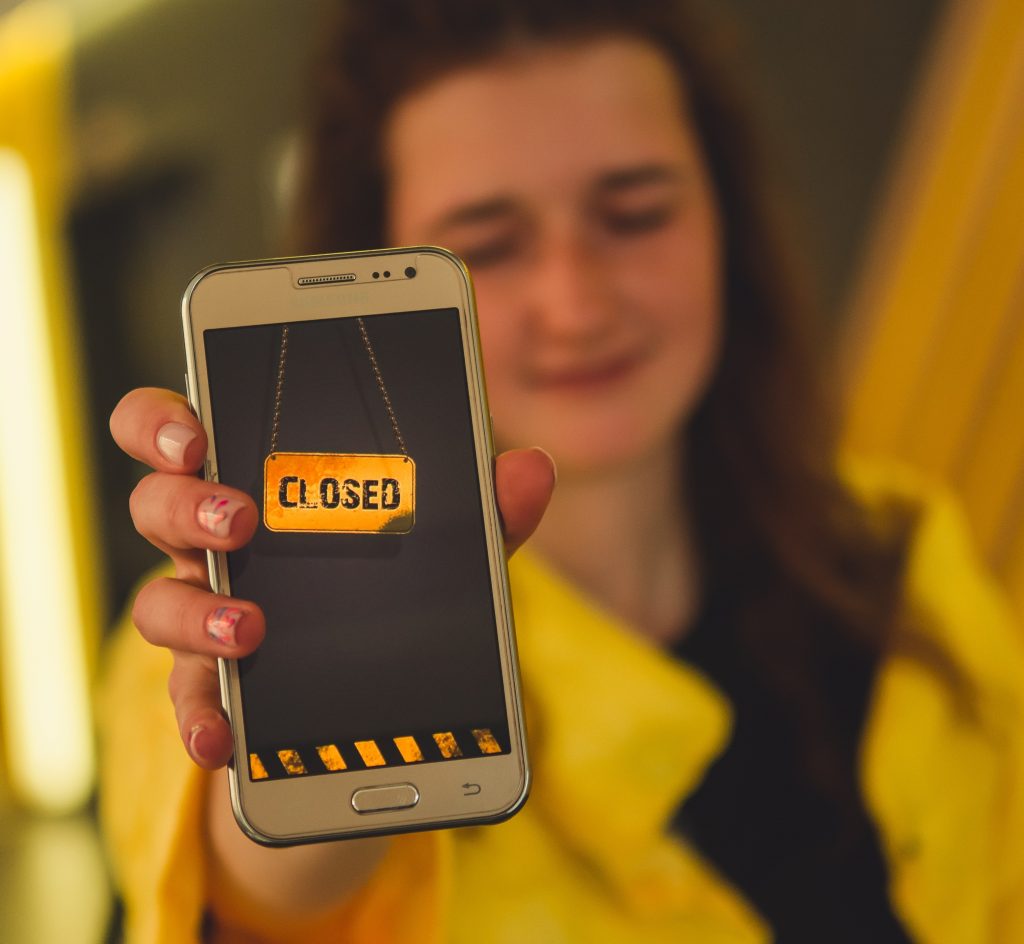
Not all mobile applications are born equal. Some are never born at all.
On average over a 1,000 new mobile applications are added to the Apple Apps Store daily.
How do you make sure that your mobile application project comes to life and then thrives?
This blog post will explain to you why most mobile application projects fail, and in the process, we will show you why 247 Labs mobile application projects don’t fail.
How mobile application projects fail?
First of all, we need to define what does it mean when a mobile application development project.
We define a mobile application project failure as any project that:
- Doesn’t get past the design stage: is never coded into a live application
- Requires a re-design after coding has started.
- Requires re-coding after the mobile application was launched
- Has very poor user rating after users started using it
- No one wants to use it in the first place due to technical difficulties
- Goes over the initial schedule by a large margin
- Goes over the initial budget by a large amount
These failures can be grouped in the following way:
- #1 – #3 are process failures
This failure is the result of the mobile app development agency or developer(s) lacking the experience needed to follow a process that ensures that the mobile application project’s transition from a concept into a live application.
We at 247 Labs follow a strict 6-step process for our mobile development projects. Our process guarantees the success of our mobile application projects.
- #4 and #5 are design & development failures
This failure is the result of the mobile app development agency working with inexperienced mobile developers and designers. We only interview accredited certified mobile application developers; and from those we interview we hand-pick only vetted mobile app development experts to work on our projects.
- #6 and #7 are project management failures
This failure is the result of the mobile app development agency or developer(s) lacking the project management experience needed to know how long a mobile app project will take, and the required budget for it. Our estimates are always accurate because of our 247 Labs 6-step process for mobile development.
Why do mobile application projects fail?
What all these failures have in common is the main reason why most mobile app projects fail: not having a thorough understanding of the requirements needed for the mobile application before development starts. Without a complete understanding of the requirements, projects waste the client’s time and money without producing anything. Or projects get re-designed several times or worse get re-coded several times until the budget or time or interest runs out. Even worse projects get launched and then fail to be accepted by the users, defeating the complete purpose of making the mobile application in the first place.
We talked a bit about this before in this 2019 blog on software development.
The first and foremost requirement that is seemingly obvious but is often overlooked or misunderstood, happens when a mobile application project starts, it is the distinction in the type of mobile application being created: a mobile application or a mobile responsive website or a web application.
Mobile applications are custom made by design to be primarily phone applications. In a mobile application the website is a secondary. This is different from a mobile responsive website and from a web application, where the website is the most important thing and the phone experience comes second. Once it is decided what type of application is designed it cannot be changed. Therefore, it is important to thoughtfully review this decision.
How to make sure that your mobile application project doesn’t fail
Hiring experienced professionals to build your mobile application doesn’t guarantee that the project won’t fail.
After it is decided what type of mobile application is needed clients and developers alike are often eager to jump right into development. Without doing the homework needed to develop a complete grasp of the user requirements, and technical specifications, required to successfully build and launch their mobile application. We at 247 Labs know well how rushing through requirements collection leads to poor design specifications that fail to meet the needs of the mobile applications’ final users.
That is why as part of our 6-step process for our mobile development we came up with a series of key questions that we make sure to get exhaustively answered before we start doing anything. The answers to these questions are critical to the success of the project as they provide a complete understanding of the mobile application’s requirements.
The questions to be answered before starting to work on the mobile application project
– Who is the target audience(s)?
– What kind of user(s) the app will have?
– What is the persona definition of each user
– what are the user journeys/workflows
– How many screens/modules will the mobile app have?
– What kind of platform or technologies are needed for the app?
– Is this a native app that needs to be coded individually for iOS and Android OS?
– Will there be an e-commerce or database or GPS or any other integrations?




